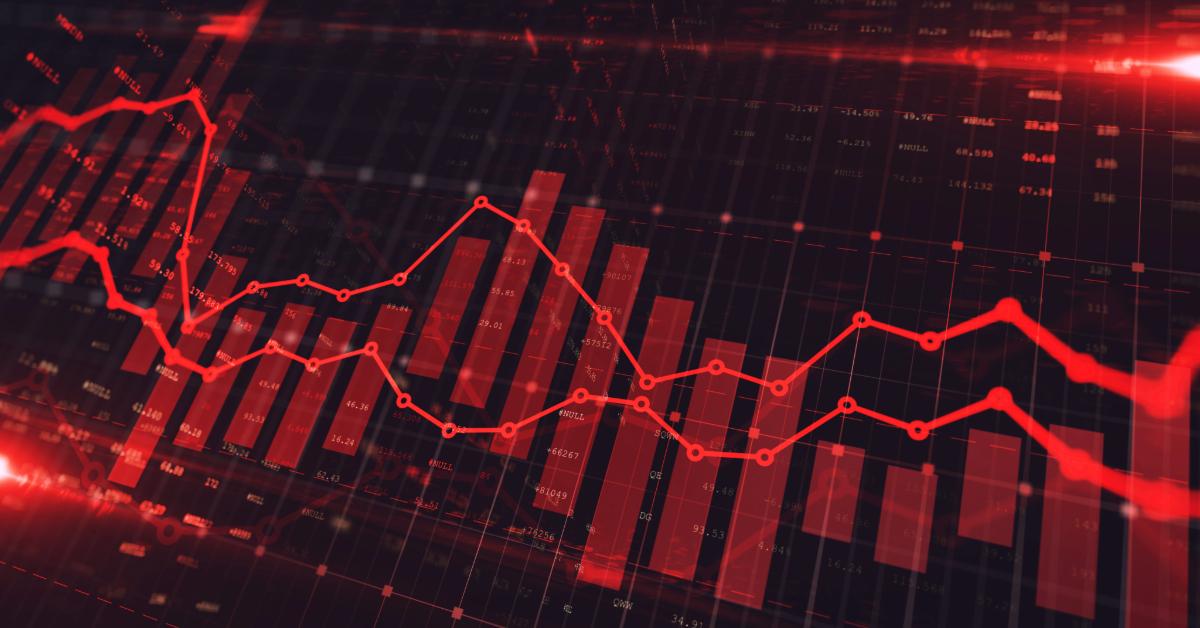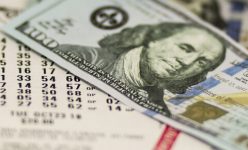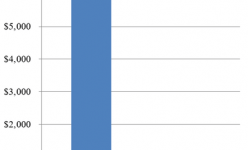
Silvergate Bank, Silicon Valley Bank, Signature Bank, and First Republic Bank fell like dominos in March–April 2023. The United States Treasury, Federal Reserve, and Federal Deposit Insurance Corporation (FDIC) intervened in an unprecedented way to stall the domino effect. They waived the FDIC’s $250,000 cap on insured deposits at the failed banks, and the Fed instituted the Bank Term Funding Program to bail out any and all banks that run into trouble meeting depositors’ redemption demands.
The interventions saved the banking system, for a while. However, the inherent problem is rearing its ugly head once again.
When Signature Bank was liquidated and put into FDIC receivership, New York Community Bank bought $38.4 billion worth of Signature’s assets. Less than a year later, Moody’s downgraded New York Community Bank to junk status, and its stock price has fallen 60 percent. This was precipitated by the Fed chair’s suggestion at the January 31 Federal Open Market Committee press conference that the federal funds rate would probably not be cut until May 2024 at the earliest.
New York Community Bank attempted to reassure markets and depositors by announcing that they are decreasing their commercial real estate lending as well as liquidating assets and that they haven’t seen “deposit outflow from retail branches.” ZeroHedge commented that this last assurance is vague and doesn’t say anything about online withdrawals.
New York Community Bank’s troubles are not their own, however. Regional banks in particular are heavily exposed to commercial real estate, a sector showing many signs of trouble. Many businesses have fled brick-and-mortar office buildings as working from home became lastingly commonplace during the covid regime. The scenario is eerily reminiscent of the 2007–8 financial crisis, in which banks and other financial institutions couldn’t survive the massive collapse in the value of their residential-mortgage-based assets.
There are similarities to the 2000 dot-com bust as well. The 2023 bank failures were triggered in part by the failure of the FTX cryptocurrency exchange and the flight of deposits from tech start-ups. The tech companies switched from borrowing to drawing down their cash when interest rates increased.
Interest rate manipulation has this effect, and the distortions are apparent on the asset and liability sides of bank balance sheets. Artificially low interest rates stimulate borrowing and inflate the value of businesses, which bolster banks’ assets. Businesses are happy to borrow at low rates, financing their expenditures like paying employees and purchasing fixed assets with debt instead of using the cash they have on deposit at banks.
However, when price inflation becomes unacceptably high and the Fed allows interest rates to rise, bank balance sheets suffer. On the asset side, they see increasing loan defaults and delinquency. On the liability side, businesses withdraw cash instead of borrowing at higher rates. Price inflation also encourages a flight from cash due to its falling purchasing power.
At first glance, you might think that this shouldn’t be a problem because balance sheets balance, right? If there is a commensurate decrease on both sides of the balance sheet, then what’s the big deal? The problem is that the assets (loans) have a longer maturity than the liabilities (deposits). In a crisis, depositors demand their cash now, but the bank doesn’t have 100 percent of deposits in cash—they have illiquid loans that are collapsing in value.
Government bailouts are not the solution. When the Treasury, Fed, and FDIC team up to rescue the banking system with money printing, last-resort loans, lower interest rates, more regulation, changed rules, and alterations to the nature of the dollar itself, they compound the problem, spread the cost of bank failures to the public, and delay the full realization of the consequences. When the bigger crisis eventually arrives, the government intervenes even more, even though the earlier interventions caused the underlying problems in the first place.
Ludwig von Mises observed that this spiral of interventionism leads inevitably toward socialism.
All varieties of interference with the market phenomena not only fail to achieve the ends aimed at by their authors and supporters but bring about a state of affairs which—from the point of view of their authors’ and advocates’ valuations—is less desirable than the previous state of affairs which they were designed to alter. If one wants to correct their manifest unsuitableness and preposterousness by supplementing the first acts of intervention with more and more of such acts, one must go further and further until the market economy has been entirely destroyed and socialism has been substituted for it.
The interventionist spiral in money and banking has led to consolidation among banks, as big banks—which are especially favored by the Fed—gobble up the smaller banks. However, this only gives the appearance of competition in a banking system that is already monopolized by the Fed. The trend is clear: eventually the Fed will be the only bank in town. It will probably have a handful of other “banks” that act as mere administrators of the Fed’s own digital currency.
The solution to the perennial bank crisis problem is to remove the interventions. If the problems are caused by artificial credit expansion, then remove the agency that artificially expands credit and enables banks to do the same. Do not protect banks with a lender of last resort or government-backed deposit insurance. Do not inject new money into the economy through the banking system. Do not give banks fake credibility with government regulation. Allow insolvent banks to fail just like any other bankrupt business fails. In short, separate money and the state. Even shorter: end the Fed.






















